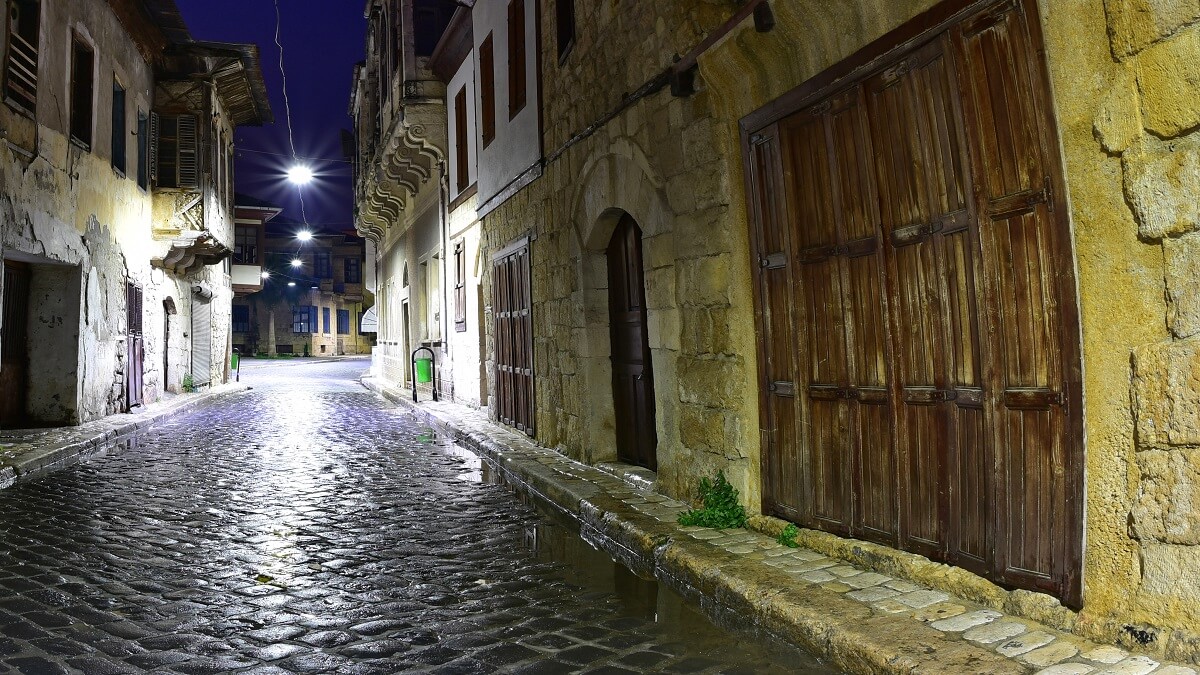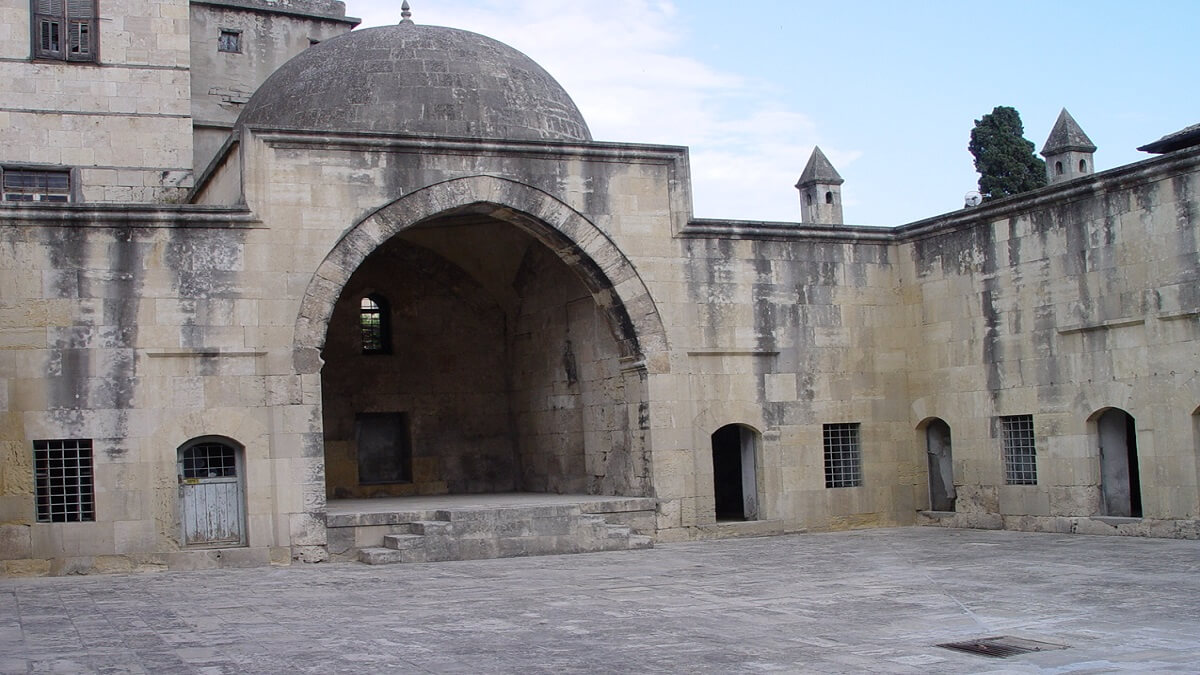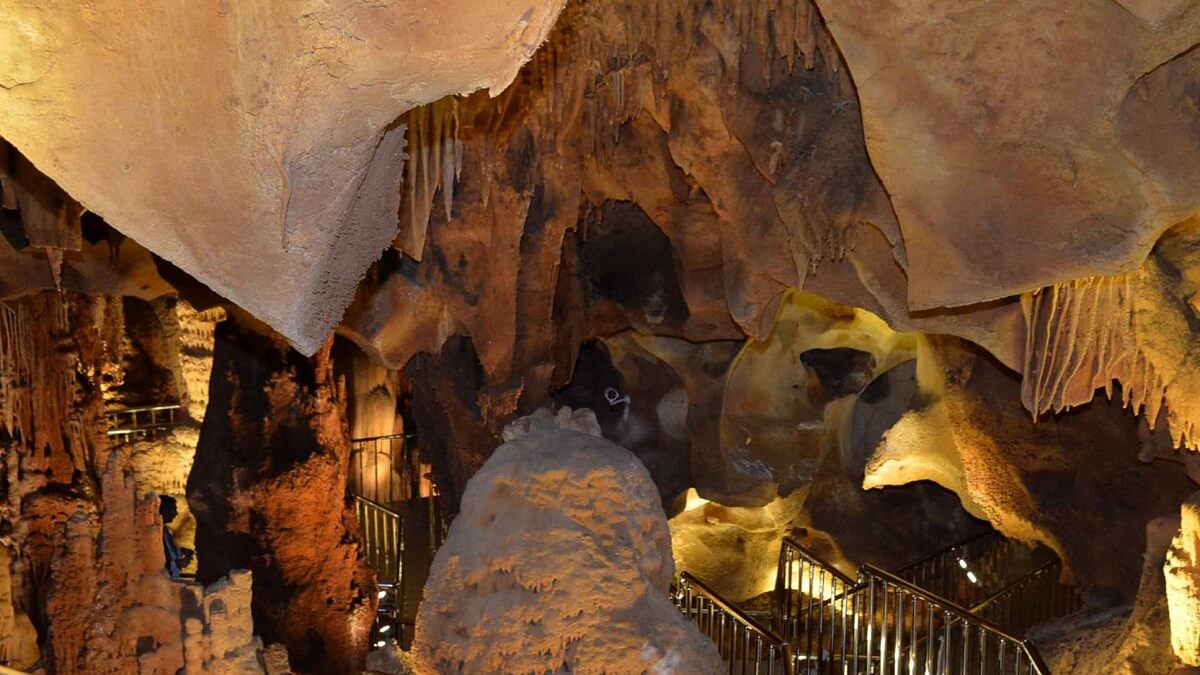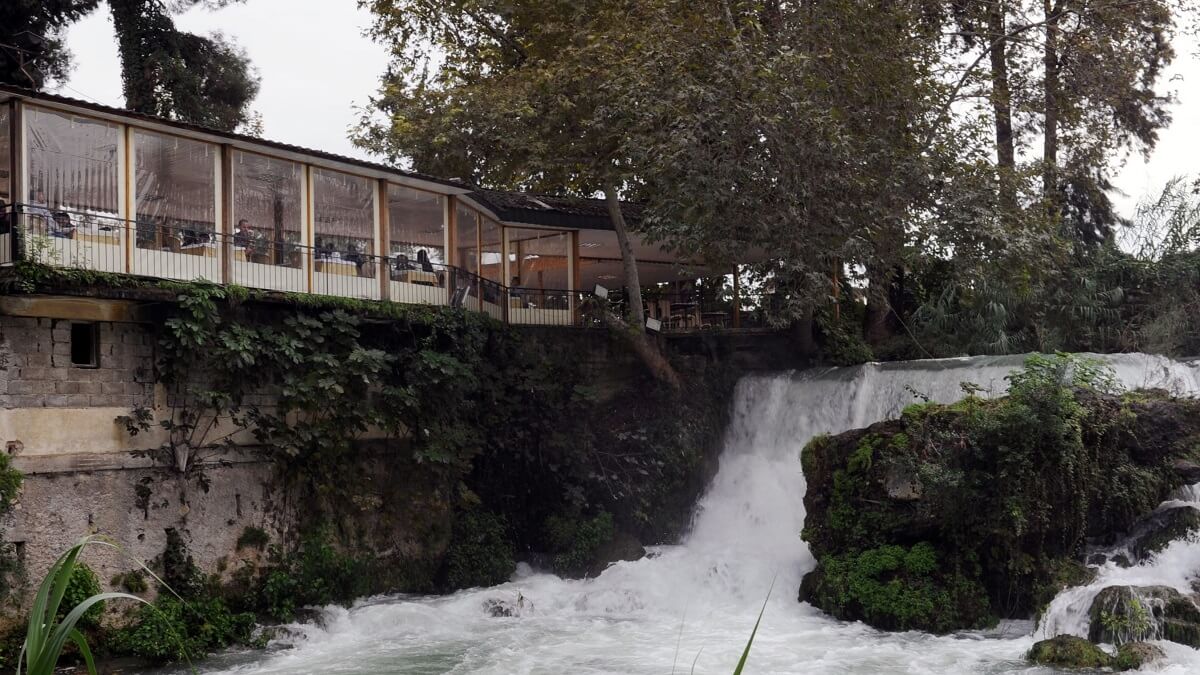Top 9 Places To Visit In Tarsus – History and Culture Trip

Tarsus is one of the most beautiful districts of Mersin. If you are looking for places to visit in Tarsus, there are many places to see here. Especially for a historical and cultural trip. There is the popular Tarsus waterfall, Caves, Cleopatra gate and more. Tarsus, which is developed in terms of tourism, is one of the places where local and foreign tourists travel. Historical Tarsus houses, Saint Paul’s Church, and Well are places that attract foreign tourists in particular. Details about the top 9 places to visit in Tarsus.
Historical Places to Visit in Tarsus
Cleopatra Gate (Kleopatra Kapısı). The Cleopatra Gate, located on the Mersin road, is named after the beautiful queen of Egypt, Cleopatra, as you might guess.
One of the most interesting historical places in Tarsus is the Cleopatra gate. It is not clear exactly when the Cleopatra door was built. It is estimated that it was rebuilt at the end of the Byzantine Period or during the Abbasid period. The historical place on the road in Tarsus is one of the first places you will see.

Saint Paul’s Church, Tarsus (St. Paul Anıt Müzesi (Kilise). It is thought to have been built in the 11th century. The most well-known among Christian missionaries is St. Paul was born in Tarsus county. The person who caused the religion of Christianity to spread all over the world, St. It is thought to be Paul.
The garden in the church has an entrance from the west. There are blind arches on the exterior of the church. It was built with cut stones. In addition, Tarsus is one of the pilgrimage routes of the Christians. This place was recently closed. You should inquire about whether it is open before you go.

St. Paul’s Well (St. Paul Kuyusu). This is a holy place for the Christian world, such as a church. The well, known as Paul of Tarsus and mentioned as the ‘herald’ in the Bible, (St. Paul) is located in the courtyard of the house where he was born. The well, which is among the places to visit in Tarsus, was a stopover place for pilgrims from Europe to Jerusalem.
The depth of the well is 38 meters and its diameter is 1.15 meters. The mouth is cylindrical and the body of the well is square. It is one of the attractions nominated for the UNESCO World Heritage List in Turkey. It is definitely one of the places you must visit.

Tarsus Historic Houses (Tarihi Tarsus Evleri). Are the most beautiful reflection of Tarsus’ historical past in the region. The two-storey houses built using adobe, stone and wood materials belong to the 19th and 20th centuries. Most houses attract people’s attention with their historical and cultural texture and resist against time.
The most indispensable parts of all houses are their courtyards decorated with colorful flowers. These courtyards, which are one of the most original features of traditional Turkish architecture, can also be seen in the Historical Tarsus Houses. Nearly 300 Historical Tarsus Houses were registered. There are about 600 houses with unregistered ones.

Kubat Pasha Madrasa (Kubat Paşa Medresesi). Ethnographic and archaeological artifacts are exhibited in the building, which was converted into a museum in 1971. In this respect, the museum is considered an important place where the history of the city can be studied.
In the ethnography section, many important information and artifacts, especially about the Çukurova culture, are exhibited, while the must-sees of the city of Mersin; Details of daily life such as dressing style, eating and drinking habits, saddlebags, guns, money bags are included.

Best Landscape to Take Pictures
Gulek Castle (Gülek Kalesi). Historically and culturally, Gulek Castle is one of the most important structures of Mersin. It is among the cultural heritages visited by a large number of tourists, especially local and foreign, every year. It is one of the places that fascinates people with its scenery. Many people come here to take pictures.
Gulek Castle, which has a great historical importance, still continues to be used for many purposes in the period we live in. The castle, which is described as a transition in the region, also constitutes an important historical and cultural point of visit.

Caves in Tarsus
Taskuyu Cave (Taşkuyu Mağarası). The town of Tarsus is 10 kilometers away from the center and takes its name from the village of Taskuyu. Along with the stalactites, stalagmites, dripstones inside the cave, abnormal formations called eccentrics and cave pearls are among the rare formations in Turkey.
Taskuyu Cave, which is approximately 470 meters long, contains formations different from each other. Uncovered during the construction of a road in 2006, the cave was opened to visitors in 2012.

Ashab-i Kehf Cave (Eshab-ı Kehf Mağarası). Tarsus Seven Sleepers Cave is 300 m2 in size and 10 meters high. There are 3 tunnels inside the cave, these tunnels go deeper into the cave.
The cave, which is in the form of a circular well, is one of the 33 caves in the world thought to belong to the seven sleepers. The lights inside the cave and some points surrounded by fences help the visitors to make a better examination and make a safe visit.

Tarsus Waterfall
Tarsus Waterfall (Tarsus Şelalesi). Tarsus Waterfall, which is about 2 kilometers away from Tarsus Town Center, is an important natural wonder around Mersin.
Tarsus Waterfall, which is a natural wonder that was formed when the Berdan River, one of the sources of the Cukurova delta, came from the Taurus and formed the waterfall in Tarsus, was used as a cemetery in the Roman period. The remains of Roman tombs, which were destroyed by the erosion of the waters around the Tarsus Waterfall, can also be seen in the vicinity.




